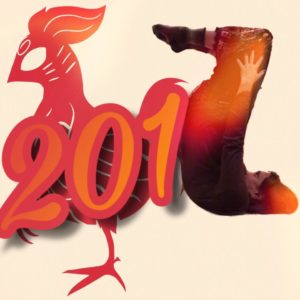How to Open Your Throat Chakra and Bring Energy into Your Speaking: Interview with Dr. Marina Kostina
Dr. Marina Kostina and I recently returned from a workshop we conducted at the University of Iowa, where we got to work with amazing teachers of Russian, training them on the effective use of educational technology in foreign language classrooms as part of the STARTALK grant program. There are many ingredients that go into the creation of effective and engaging lessons, presentations, speeches. One of them, however, is not very often discussed – it is the energetics of the speaker. Dr. Marina Kostina is a perfect expert to talk about energy. She is a Reiki master/teacher, self-worth & net-worth coach, researcher, speaker and trainer. You can find our more about her work at http://www.DrMarinaKostina.com.
Let’s watch the interview and see how we can all benefit from aligning our chakras for more powerful and creative self-expression.


 overwhelmed, do you sometimes complain, procrastinate and not take any action at all (or spend hours on social media)? And all this time, you are building resistance. You are not alone. Many people can relate to this experience. Resisting and complaining sap your energy. Whenever you feel the build-up of resistance, you want to stop and think about how you can transform that inner resistance into strength and action.
overwhelmed, do you sometimes complain, procrastinate and not take any action at all (or spend hours on social media)? And all this time, you are building resistance. You are not alone. Many people can relate to this experience. Resisting and complaining sap your energy. Whenever you feel the build-up of resistance, you want to stop and think about how you can transform that inner resistance into strength and action.

